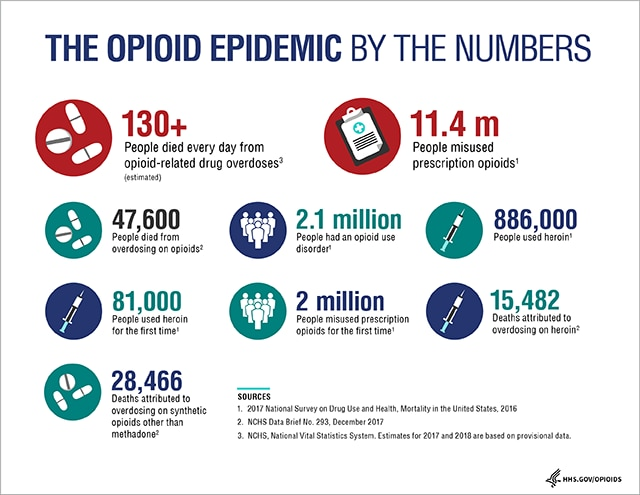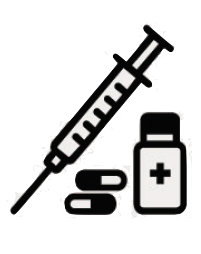
What Are Opioids?
Opioids are a class of drugs that include prescription medications like hydrocodone (Vicodin), oxycodone (OxyContin), codeine, and morphine. Also falling under this class are powerful synthetic opiates such as fentanyl, and street narcotics like heroin. Narcotics, opiates and opioids are all drugs that reduce the intensity of pain signals reaching the brain. The only main difference between opiates and opioids/narcotics is that opiates are naturally-derived, such as opium, morphine, codeine, and heroin, while opioids are man-made and include OxyContin, Vicodin, and fentanyl. Opioids are typically prescribed as pain relievers, and are generally safe if taken in short duration and as prescribed. Longer use, such as for chronic pain or when taken recreationally, can lead to tolerance and dependence, and high doses can lead to overdose.


